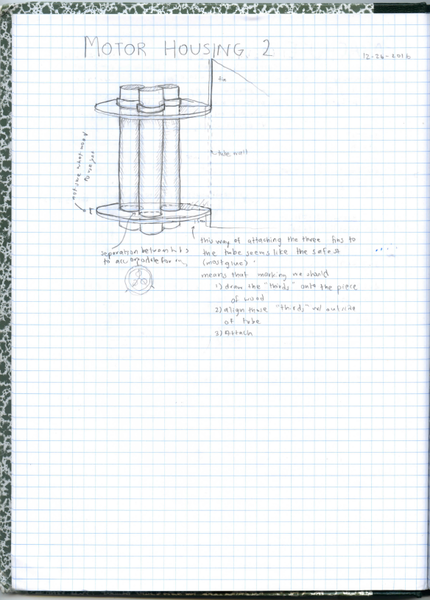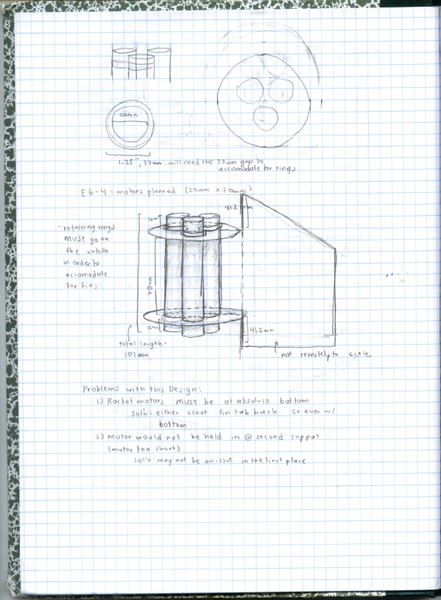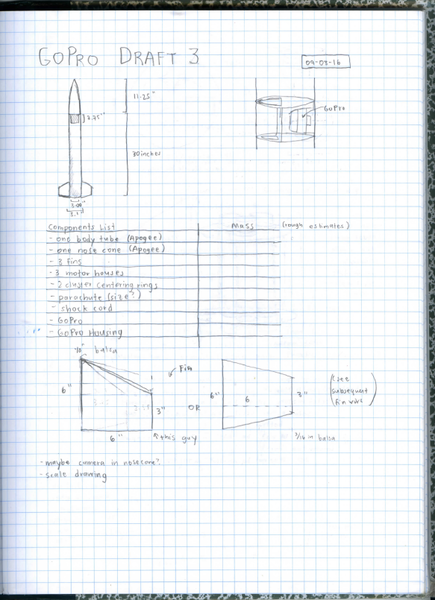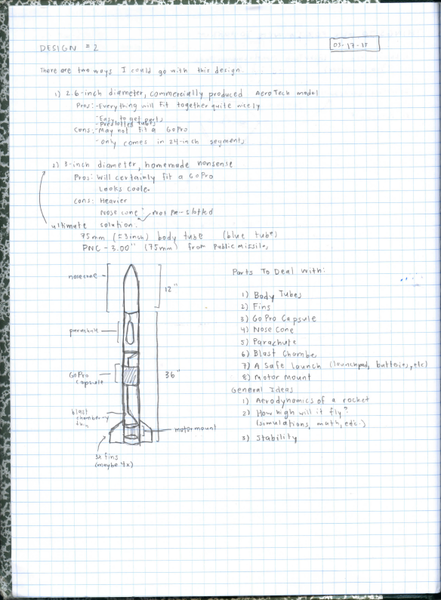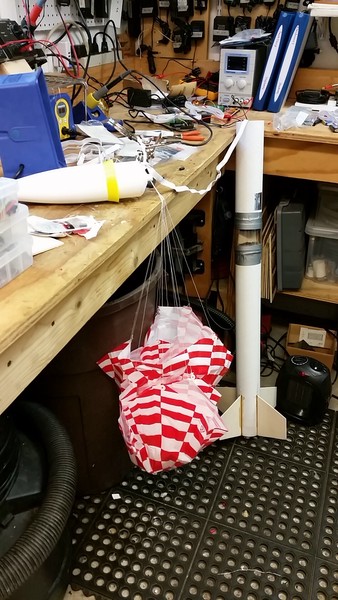My junior/senior year of high school, I decided to build a rocket that would launch a GoPro into flight.

I charged into the building of my first iteration with little regard to engineering procedures, picking values semi-randomly until I got something that seemed like it would fly.
The results? Well, I did build a 3-foot-tall, 3-inch diameter model rocket launched by a LiPo battery. The fins were huge, the motor mount barely attached to the inside of the rocket, and the GoPro duct tape inside and protected by the outside of a big water bottle we had laying around. I performed few calculations. The rocket did launch, but it also landed very aggressively.
I determined that the charge that deploys the parachute wasn’t able to make it all the way up through the long body of the rocket. Combining that reality with the fact that the GoPro impeded the force of the charge, it made sense that the parachute didn’t adequately deploy. Clearly, I had some changes to make.
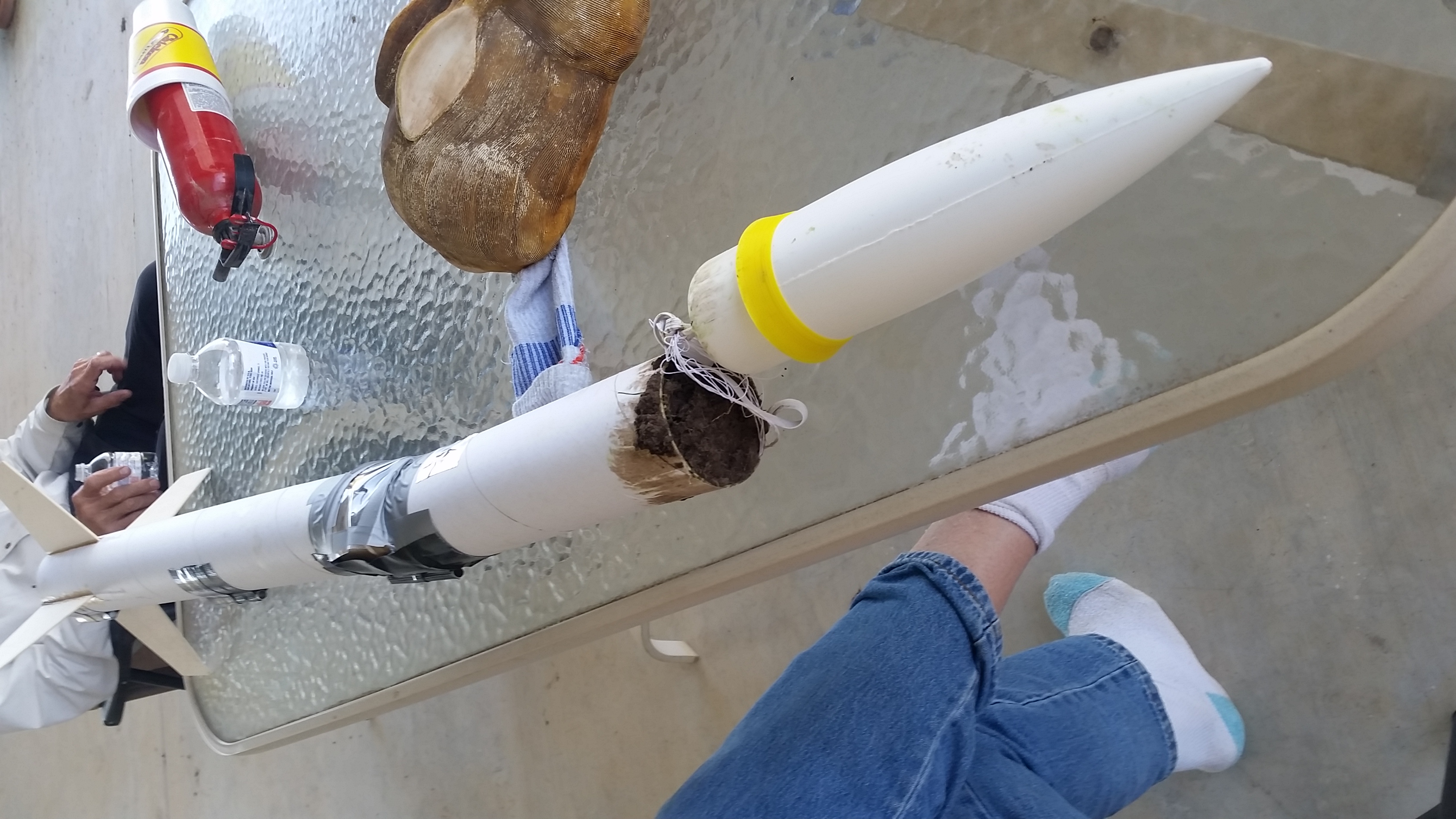
The second time around, I decided to do things properly. I drew up my rocket, measured the GoPro, and produced a scale drawing before I even built anything. The new iteration had laser-cut fins, was noticeably shorted, had a compatible nose cone with the body tube, and was much better. It launched the spring of my senior year, landed in a tree, and was recovered (along with the GoPro) that same afternoon.
Below are some of the notes, designs, etc. for this rocket. I spent a long time iterating, going through even more designs than are available below.
